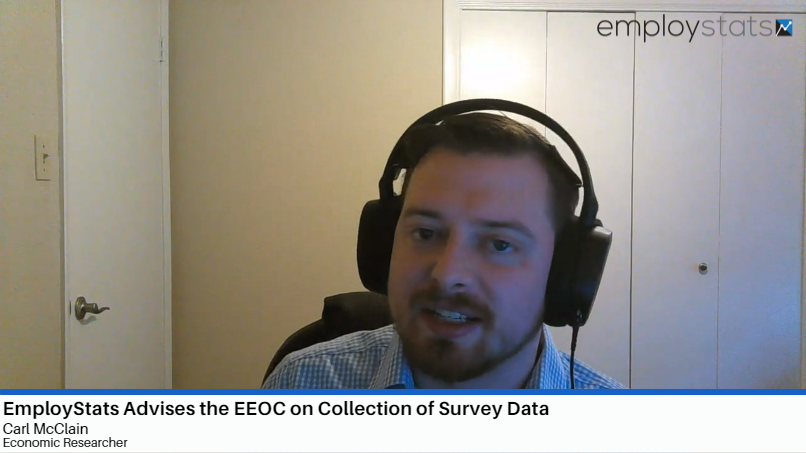31
AUG 2022

About Ruth Robinson
Ruth received her Bachelor of Arts in Business Administration and Data Analytics from the University of Baltimore in June 2022. She began working as an intern this past Spring during her final semester. While in college she especially liked taking classes in her elective interests such as real estate and discrete mathematics. She also enjoyed her participation in the Astrobees club, where she competed in a NASA SUITS competition.
Ruth’s Favorites Include:
Hobbies:
- Reading
- Playing Pool
- Cooking
Types of Movies and Books:
- Doctor Who
- Survival and Sci Fi Shows
Favorite Foods:
- Shrimp and Grits
- Salmon
Favorite Quote:
- “Our deepest fear is not that we are inadequate. Our deepest fear is that we are powerful beyond measure. It is our Light, not our Darkness, that most frightens us. We ask ourselves, who am I to be brilliant, gorgeous, talented, fabulous? Actually, who are you not to be? There is nothing enlightening about shrinking so that other people won’t feel unsure around you. We were born to shine, As children do, As we let our own Light shine, We consciously give other people permission to do the same. As we are liberated from our own fear, our presence automatically liberates others.”
We are extremely thrilled to have Ruth on our team. We offer our warmest welcome to our newest team member.
















